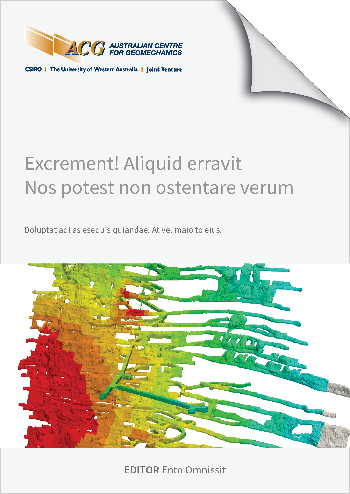Evolution of undercutting in panel and block caves

|
Authors: Batkhuu, B; van As, A; Lett, J |
DOI https://doi.org/10.36487/ACG_repo/2435_R-07
Cite As:
Batkhuu, B, van As, A & Lett, J 2024, 'Evolution of undercutting in panel and block caves', in Daniel Johansson & Håkan Schunnesson (eds), MassMin 2024: Proceedings of the International Conference & Exhibition on Mass Mining, Luleå University of Technology, Luleå, pp. 1593-1610, https://doi.org/10.36487/ACG_repo/2435_R-07
Abstract:
As caving operations move to greater depths, the higher stress environment presents a significant challenge, namely the damage to the production level rock mass due to the high abutment stresses induced during undercutting. In an attempt to mitigate against abutment stress damage, a range of undercutting methodologies and undercut design modifications have been developed for cave mines over the past several decades. This paper investigates the evolution of undercutting methods and the primary factors that have driven their design changes over time. Qualitative analysis has been undertaken to explore the key changes/modifications made to reduce the undercut stress-induced damage, reviewing previous and current cave mining experiences. Whilst each caving operation is unique regarding geological and geotechnical conditions, this paper attempts to categorise them based on common trends in undercut design and methodology. The results of this object assessment serve to critique the main technical drivers of undercut design based on industry benchmarking and describe how these drivers are used to effectively manage undercut induced stress deformations.
© Copyright 2025, Australian Centre for Geomechanics (ACG), The University of Western Australia. All rights reserved.
View copyright/legal information
Please direct any queries or error reports to repository-acg@uwa.edu.au
View copyright/legal information
Please direct any queries or error reports to repository-acg@uwa.edu.au